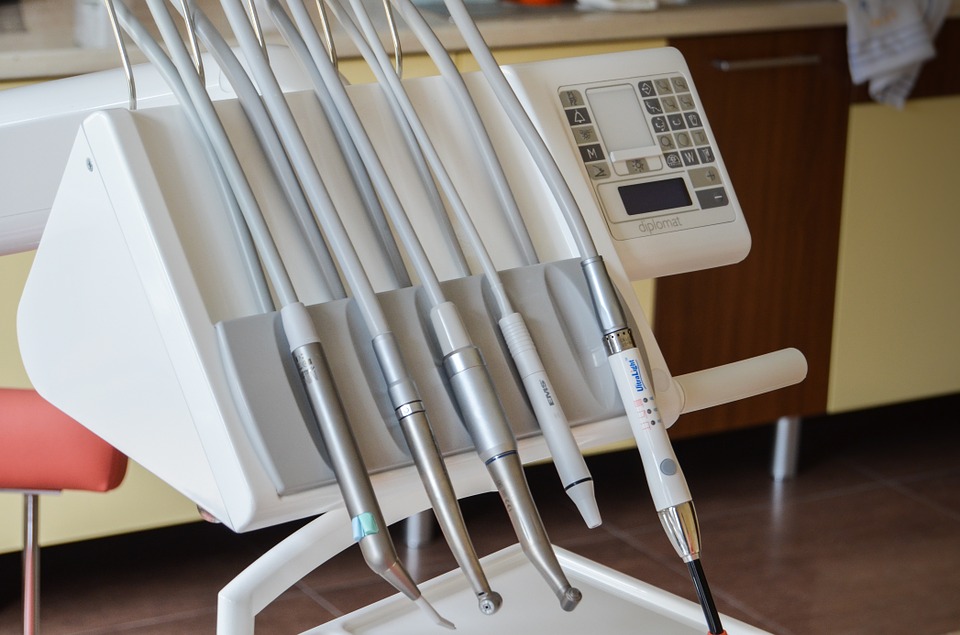
Restorative dentistry aims to preserve natural teeth. A restorative treatment works to keep the integrity of the tooth while preventing a return of the problem.
Tooth decay is very common and sometimes this advances to pulpititis which is inflammation of the pulp, the living core of a tooth and causes toothache.
There are two types of pulpitis: reversible and irreversible. In reversible pulpitis, the decay has not affected all the pulp, and the remaining tissue can be saved. If it is not treated reversible pulpitis may eventually become irreversible. At this point the decay is so advanced that the remaining pulp, nerves, and vessels die.
Another problem that can affect people is dental abscesses. An abscess usually develops as a complication of tooth decay which gradually destroys the enamel layer on the outside of the tooth and the inner dentine, allowing bacteria to invade the pulp of the tooth. Eventually, a dental abscess may form.
Two primary methods used to combat these vulnerabilities are the use of fillings and root canal treatment.
Fillings
Your dentist will examine your teeth with a probe and a mirror to look for areas of decay. Often an X-ray may also be taken to search for decay that may be developing underneath the teeth’s surface. Find out more.
Composite fillings are usually used in front teeth and often in back teeth also, although amalgam (a mixture of silver, tin and mercury) is still sometimes used in back teeth. The tooth and gum may be numbed with a local anaesthetic.
The dentist drills away the tooth decay and a hole is shaped to secure the filling: to protect the pulp of the tooth, often the hole is lined with a substance. The filling is pushed into the cavity as a soft paste. With composite fillings, to make them hard a special curing light is used.
Root canal treatment
Usually the treatment is performed while the patient is under a local anaesthetic, so the procedure should not be painful or too uncomfortable. The dentist drills a hole through the tooth to the root canal.
The pulp and infected tissue from the root canal system is extracted and eliminated, then the vacant root canal is filled and the tooth permanently sealed with a crown or filling. In the majority of cases a tooth can survive over ten years after root canal treatment.
Root canal treatment is usually necessary to treat an abcess. Prior to the root canal treatment a local anaesthetic is given, a hole is drilled through the top of the tooth to release the pus and relieve the pain.
Afraid of the dentist?
Do you avoid going to the dentist due to being anxious and having fears? It is essential that you have all dentistry work required to ensure you have a healthy mouth, but 1/3 people steer clear.
There are many dentistry’s that offer treatments designed specifically for those that have a dental phobia. For more information on how to face your fears, visit this website.
